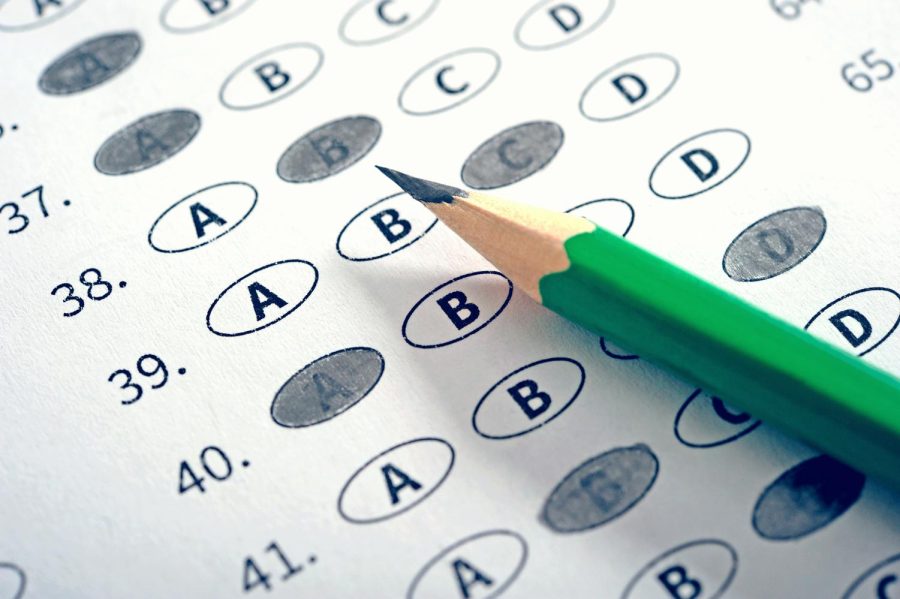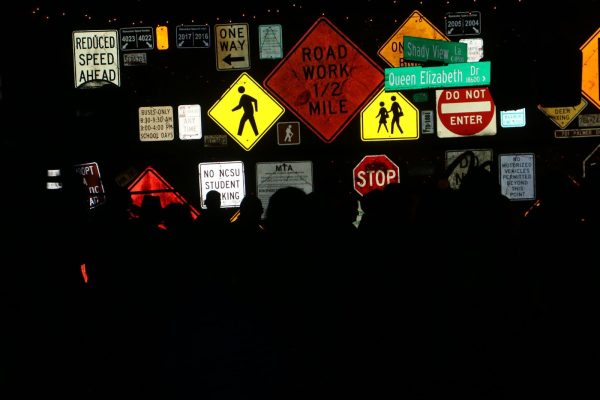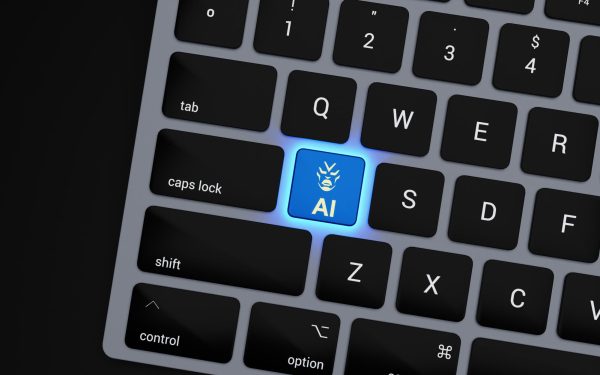The SAT is Inaccurate and Unreliable
The objective nature of the SAT does not accurately reflect a student’s true problem-solving skills or creative thinking abilities.
It’s 8 a.m. on a Saturday and students across the U.S. wake up to blaring alarms and brace themselves for a stressful and anxiety-ridden morning. They start to get ready by packing a bag with a calculator, a couple of pencils and a confirmation sheet showing they paid $55 to take the Scholastic Aptitude Test (SAT) — an inaccurate, unfair and drawn-out evaluation of a student’s college readiness.
As students make their way to the testing site, thoughts are circulating in their heads, wondering if they covered everything possible. Today is the day that determines where they will start their future.
The SAT is a standardized test issued to prospective college students designed to evaluate their college readiness. The three-hour-long test consists of multiple arduous sections covering disciplines in English and mathematics. Participants can score anywhere from 400 to 1600 and can take the test more than once.
Ultimately, a students’ SAT score can play a considerable role in determining whether or not they get accepted into a college or university.
The test’s questions are generated from a common bank and scored consistently, or in a “standard” manner. In other words, the questions are objective — there is a distinct correct answer, and no partial credit is awarded. Students are therefore unable to think creatively and process the questions their way. Instead, to get the correct answer, they must consider how the test makers framed the question.
Every student has a unique thought process, but when it comes to being forced to think like the test-makers, students have to stray away from their creative thinking and problem-solving skills and answer the questions the way the test makers want them to.
Since the SAT does not allow students to think in their own unique and creative ways, the test does not accurately reflect a student’s true potential to succeed in college and beyond. If a student struggles with English and mathematics, they will likely not do well on the SAT, a college will interpret that low score as an inadequate understanding of these disciplines, thus suggesting the student is incapable of achieving at that institution.
The SAT does not allow colleges to take into consideration that a student may possess skills that cannot be measured by a standardized test.
Because it largely determines a student’s chances of getting into college, the SAT can be immensely stressful and overwhelming. These elevated levels of stress can put students at risk of experiencing test anxiety.
The Learning Center at the University of North Carolina at Chapel Hill defines test anxiety as a type of performance anxiety where one experiences a combination of physical symptoms and emotional reactions that interfere with their ability to perform on tests.
According to the American Test Anxieties Association, 16-20% of students who take a standardized test experience high test anxiety, which can cause shortness of breath, hyperventilation and feelings of hopelessness. An additional 18% of students battle moderately high test anxiety and can experience nausea, lightheadedness and headaches before and during testing.
COVID-19 has proven to be another challenge for students taking the SAT. For the bulk of the 2020-21 school year, students had to learn virtually, which became complicated by shoddy internet access and the uneven distribution of electronic resources.
These issues were burdensome to students’ learning engagement and academic development and may have contributed to the sharp decline in SAT seating.
According to College Board, over 2.2 million students in the class of 2019 took the SAT, which marked a new record of test-takers for a single year. The class of 2021, meanwhile, had only 1.5 million students take the test. In response to the challenges of taking the SAT caused by COVID, more than one thousand universities have made the SAT optional for 2020-21 applicants.
While there are a plethora of resources to help students gear up for the SAT such as prep courses and study guides, I would not consider them beneficial tools for preparing for the test.
A five-week SAT prep course for both the math and reading and writing sections would cost a student $250, while individual math or reading and writing sessions would cost $125. Not only are these courses expensive, but they are also held in the evenings after students have spent six hours in school. Students become tired and can not thoroughly focus in class as they think about their homework piling up at home.
At $20, the SAT study guide book is cost-friendly but consists of over 700 pages, which can make a student feel overwhelmed, as they likely do not have enough time to go over every single page.
There are alternatives to the SAT that can better gauge a student’s intelligence and ease the pressure of preparing for the future.
For example, students can create a portfolio of what they have accomplished throughout high school or college and can include projects, average test scores on midterms and finals, GPAs or a sample of a research paper they wrote.
Students can also take social and emotional skills surveys that measure more than just their ability to solve a math equation and instead display a student’s true strengths such as determination, perseverance and problem-solving skills.
The SAT is an inaccurate and unreliable way to measure a student’s academic capabilities and should not dictate whether or not a student is worthy of being accepted into their desired university.
The test only puts more stress, anxiety and pressure on students to perform well and does not accurately measure a student’s potential to succeed. Changes need to be made so that a single numerical score does not determine where a student begins their future.

Courtney Ott began writing for The HCC Times in Spring 2021 and has published numerous outstanding articles throughout her tenure. She has always liked...







